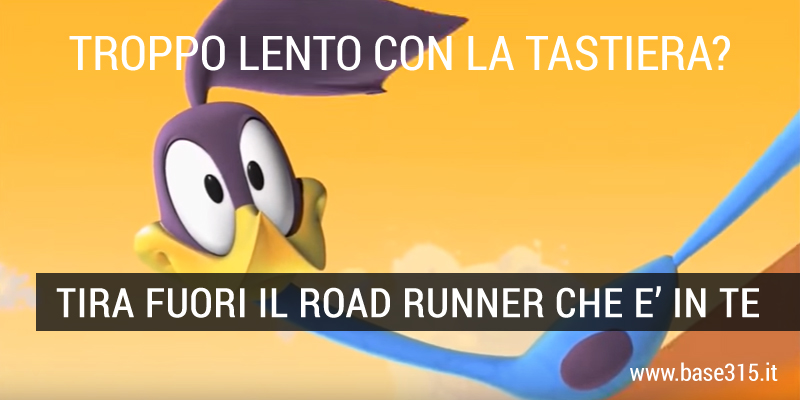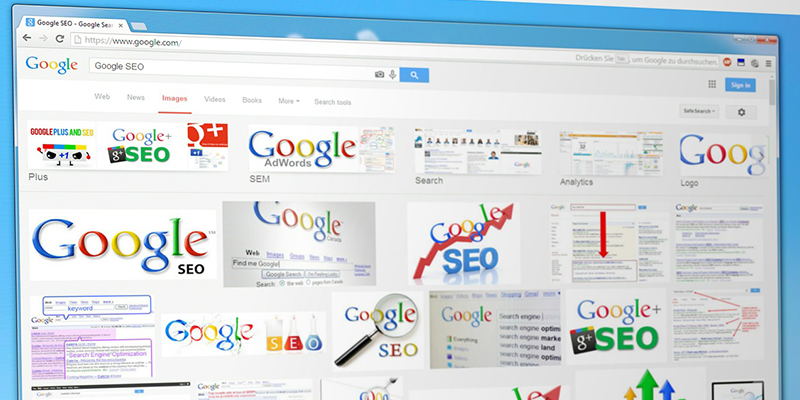What textual and graphic content you need to include in your project
Any web expert is aware of how the contents of a site are crucial to its success.
Not surprisingly, in the field of web marketing, the so-called “content marketing“, that is the set of activities aimed at attracting potential customers not with direct and interruptive advertising, but through the sharing of content.
The reasoning behind this strategy is “if I provide the user of my website with the information he is looking for, or at least information that can be useful to him, I will be more likely that he will come back to visit me, that he will remember my brand, that you leave me your contact details and, finally, that you buy my products / services “.
When we talk about content, in this case, we are referring above all to textual ones.
This does not mean wanting to minimize the incidence of other types of web content; the attractive power of images, for example, is well known and several studies have been conducted on it.
It is easy to understand how a captivating, relevant and impactful image can send a message loaded with emotional content in seconds images for your website).
However this, in the context of the web, is important but, on its own, not enough.
What is often underestimated is the importance of inserting the right textual content within the site.
Those who visit our site generally do so to retrieve the information they need; information that can hardly be provided to him by images alone.
This is why creating a technologically advanced platform and designing captivating graphics is the first step to start, but it does not ensure the success of the project.
Would you regularly visit a site just to view its graphics (which, in principle, does not undergo periodic upheavals), if there were no news and information inside that interest you or which you need?
Please note that, moreover, most of the sites still online are showcase sites and, as such, must constitute the adequate presentation of the business you intend to promote.
The more complete the descriptions provided, the more you will have satisfied the information needs of the users and the closer you will be to achieving your goal: to make known the services and products you offer.
Add to this that the site is not a simple tinsel, an extra element that embellishes our company, like a beautiful bouquet of flowers in the waiting room. If this were the case, the cost-benefit ratio would be disproportionate and the costs to be incurred would be unjustified.
The site, if used correctly, can be a valid and powerful work tool that performs some tasks for us: eg. register reservations, provide information that users would otherwise ask us and waste time, create quotes …
But back to the question of textual content, let’s ask ourselves the right questions and give ourselves some answers.
What to write on a site?
As anticipated, in a website we should insert everything about our company, starting from an overview of our business, to continue with a description of the staff members and their professional training, to finish with the list of products and/or services offered.
And here, as they say, the donkey falls!
Most companies underestimate this last step, limiting themselves to providing a list of products accompanied by image, title and short (sometimes very short) description.
These descriptions are most often incomplete or extremely generic.
And the reason, in my opinion, depends on two factors:
- Often the one who commissioned the site and who provides the texts does not know what to write. And this is because he does not put himself in the user’s shoes.
So, if you are struggling with the writing of the texts of your site, ask yourself the following question: if I were looking for the product/service I sold what information would I need?
If you are still in trouble, just think about the questions your customers usually ask you. Think locally, write them on a piece of paper and give exhaustive answers.
That’s the starting point for writing good texts.
Let’s take an example and suppose I sell shirts.
On my site I should: – Insert the images of the shirts I made – Specify which fabrics I use – Indicate which models are made, in which colors and with which processes – Specify which sizes are produced and, if you want to sell online, give relative indications the fit of the same (eg size guide) – Provide information about any changes to be made – Indicate the prices of each and delivery times – Etc. - The lack of time.
Those who have an activity frequently have a day marked by numerous commitments and writing texts can take a long time.
This problem leads us directly to the next question.
Who should write the texts for a website?
To this question one can only answer “ it depends on the budget available”.
If, in fact, we want or have to contain the initial investment, we don’t have many alternatives to writing the texts personally.
If, on the other hand, we have sufficient resources, we can turn to copywriters who write ad hoc texts. However, it is good to keep in mind that, even if you decide to turn to professionals who do the work for you, if you want to get a good result you must collaborate and put effort into it; This is because no one knows your business better than you, your team, the products and services you offer, their qualities and characteristics. Only you know what your strengths are and what sets you apart from the competition.
A good copy writer can guide you, ask you the right questions and write the texts dealing with the syntax and the communication style.
But if you plan to leave all the work to him/her by washing your hands, the result, in my opinion, will be disappointing. In fact, at best, the contents will be generic and standardized.
The choice to rely on a copy writer should be guided by the desire to create a professional product and, why not, to save time but not to be disinterested in processing.
Do you want to know how to increase visits to your website?
Book a free appointment online now.
How do I structure the content?
The structure of the site, or the way in which the content is distributed within it, is of primary importance for the objective to be achieved.
The amount of content affects the positioning of the site. Obviously it must be original content and quality; must not be copied from other websites (in this regard, read our article How to verify the originality of a text) and must be written in a language suitable for the audience we are addressing.
But above all it must be comprehensive, relevant and aimed at the goal we intend to pursue.
The text, therefore, must contain the keywords with which we intend to position ourselves on search engines.
In addition to this, as anticipated, even the distribution of the text can make a difference. The content must be distributed within an optimized structure and designed to guide the reader along a simple, logical and coordinated path.
In this regard, structure a menu of first and second level (and why not?! Also of third level if the amount of content is sufficient), it can greatly facilitate navigation, allowing the user to identify the topics of interest and view them without wasting time.
On the contrary, a chaotic structure can divert the visitor’s attention who, not finding what he is looking for promptly, is more tempted to leave the website.
Example of a top level menu.

Example of second level menu.

Example of a third level menu.

An excellent tool to attract users’ attention is to write a blog which can consist both in the publication of articles of interest with various insights, and in a news section in the which to bring together the latest news on the subject.
In this case, it is essential to first define the editorial plan to be followed, establishing how often to publish. It is important, in fact, that users interested in what you have to say know when to expect news from you.
If you have little time available and in your team there is not a person who can take care of the exclusive goals of that, it is useless to set unrealistic goals (eg 2 articles a week). Better to start low profile but be constant and respect deadlines.
I conclude the article with a tip.
Often our customers put a lot of effort into putting the website online and then forget about it.
This statement is not meant to be a criticism; I perfectly understand how pressing daily commitments can be and how difficult it is to take care of everything, forcing each of us to make a list of priorities, setting aside everything that does not lie in the top places of the ranking.
However, don’t underestimate the mistake of not updating your site’s content.
If there is incorrect information in it, because changes have been made to your business or your company organization after many years (e.g. opening hours, address, email address, telephone number, list of products/services and their characteristics), you could mislead your users and potential customers. By doing so, the website, a tool that is supposed to help your profession, would end up doing you a disservice.
So, if you haven’t revised the content of your site for a while, waste half an hour and take a look.
It can only give you good results.






